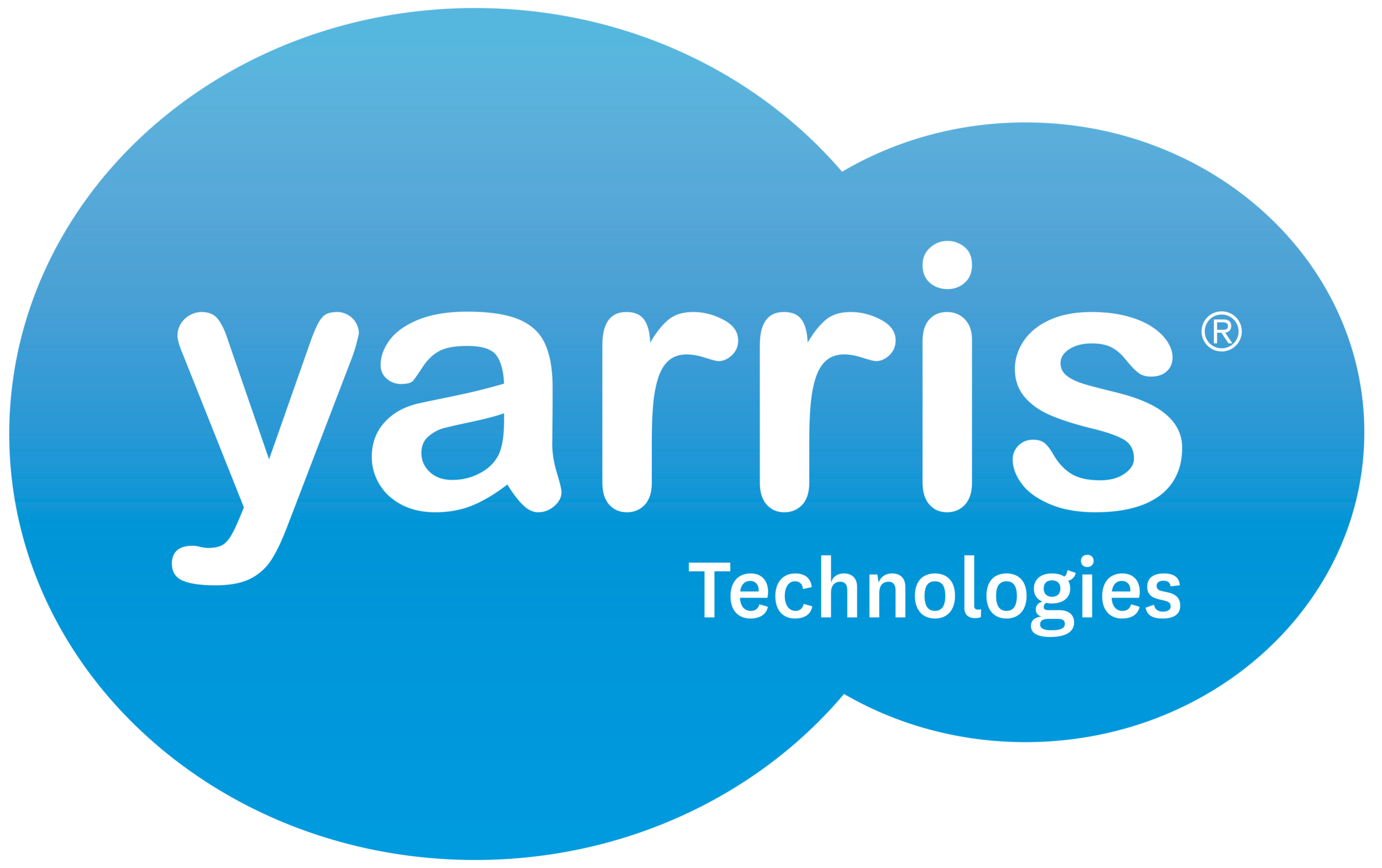The ergonomics of Dazychain: A conversation with Dominic Claxton
When Dominic Claxton, Senior Developer at Yarris, joined the Dazychain production team in 2011, the program was in its infancy. “Even the guys that left a few years ago probably wouldn’t recognize Dazychain as it is now,” says Claxton. “It’s been condensed, slowly refined, and, in some cases, drastically refined to something that’s a lot more usable and user friendly.” Indeed, Dazychain’s ongoing development parallels the core function of Dazychain itself: consolidation and optimization.
Dazychain’s usefulness in this regard rests squarely on user experience. As a front-end developer who recently branched out into back-end, Claxton appreciates the minutiae of user interface as well as user experience. One of Dazychain’s guiding principles, says Claxton, is the minimization of effort on behalf of the user: whether it’s reducing the number of clicks necessary to perform a certain task or adding new data-filtering options, Dazychain is made to be as ergonomic as possible.
To achieve this level of accessibility, much of Dazychain conforms to users preconceived notions of how a technology platform should be structured. “We built from the UI to allow clients to arrange their projects in ways that they might be used to,” says Claxton, a design principle that allows new users a great degree of comfort and familiarity when engaging with Dazychain for the first time. Dazychain’s filing system is a perfect example: “You work on a desktop and you have folders and you put projects in folders and that’s how you split your work up. Replicating that structure within Dazychain has been quite useful for new clients because that’s what they’re used to.”
Several of Dazychain’s most exciting innovations, however, were user suggestions. “Our email add-in came from a client recommendation — someone wanting to have an easy way to pass their files from email to Dazy. So we built a bridge between email and Dazychain; once you have your emails on Dazychain, you can then write comments to each other and set workflows on that particular project related to those emails and all the attachments that come with it.
“Ultimately, it’s all to please the client,” concludes Claxton. Dazychain’s ongoing development is defined by Yarris’s commitment to efficiency and ease of use. Through an almost collaborative relationship with clients, Dazychain redefines workflow and accessibility for a more productive workplace.
